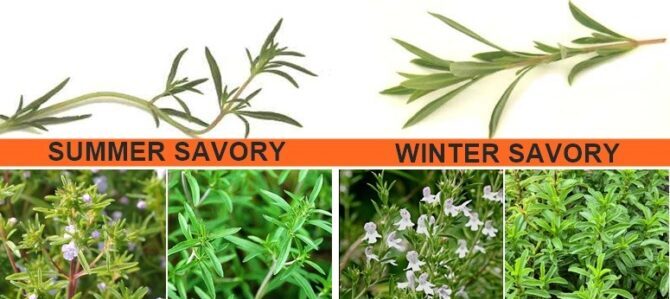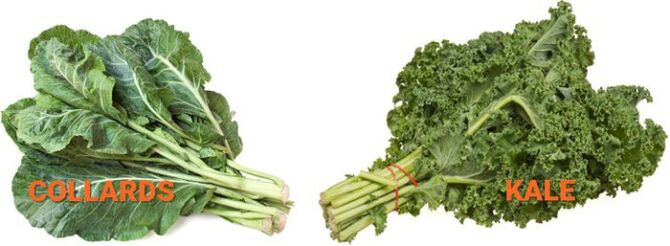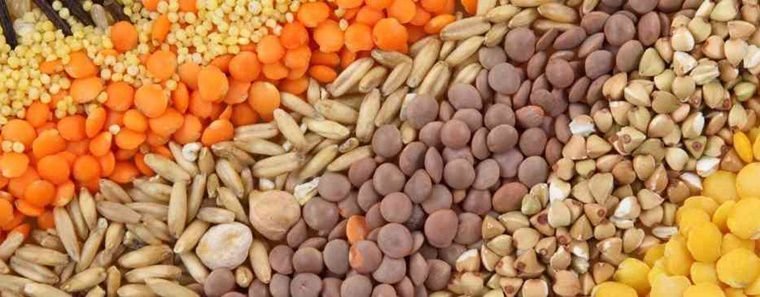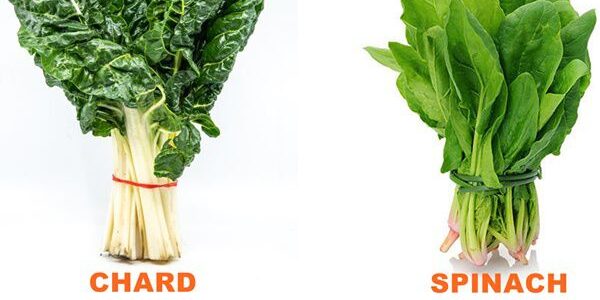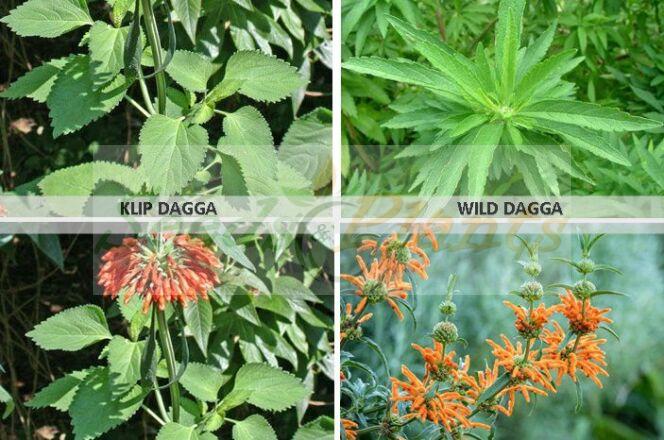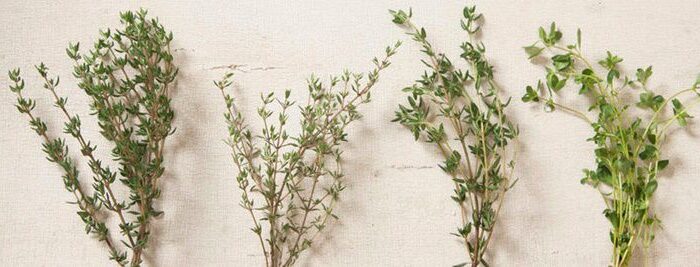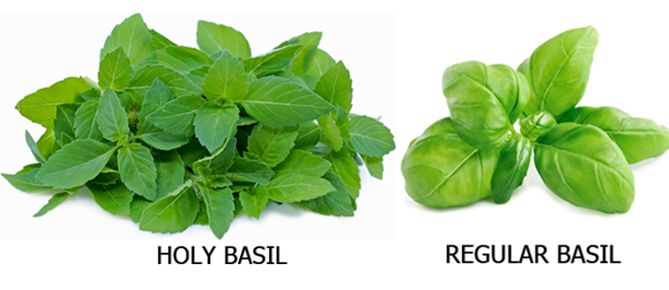Gardening Tips
The differences between Pelargonium and Geranium
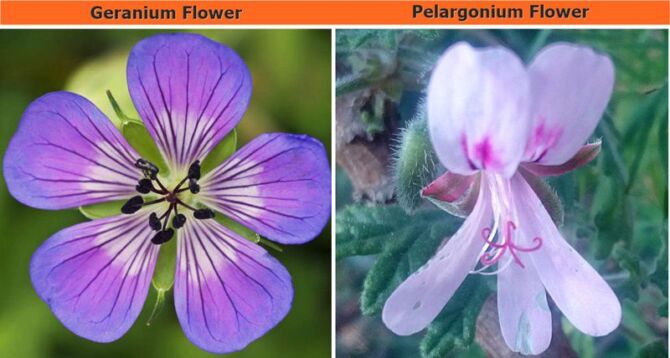
Overview
- Commonly called storksbills, the name Pelargonium derives from the Greek term pelargós meaning stork because, when the flowers form a seed head, it resembles the long and slender beak of a stork. The seeds are dispersed by the wind.
- Out of 280 species of Pelargoniums, most are exclusively found in Southern Africa with ±200 species being indigenous to South Africa specifically.
- Pelargoniums are drought and heat tolerant, but can tolerate only minor frosts. They are perennials, sometimes grown as annuals.
- Pelargonium flower heads feature clusters with flowers that open from the center outwards. The flowers have 5 petals, but they are asymmetrically arranged with two larger top petals and three slightly smaller base petals.
- Over time the stems of Pelargoniums can become quite woody and hard.
- Some Pelargoniums have a more upright, bushy growth and can grow quite high while others have a more trailing habit and are often used in hanging baskets and pots.
- The leaves of Pelargoniums are sometimes a bit hairy and can be very strongly scented in a range of fragrances like nutmeg, rose, mint and lemon.
Examples of : Pelargonium graveolens, Pelargonium Radens and Pelargonium sidoides
Geranium Overview
- The name geranium derives from the Greek word géranos meaning ‘crane’. Its English name, Cranesbill, derives from the fact that the fruit capsule of some species is long and resembles the bill of a crane. Seeds are ‘shot’ quite far away from the plants when these seed pods spring open.
- The Geranium genus consists of 422 species of annual, biennial, and perennial plants that are commonly known as geraniums or cranesbills.
- Geraniums are mostly found growing naturally in the temperate regions of Europe and North America and in South Africa there are about 30 Geranium species.
- Geraniums can generally withstand a fair amount of frost.
- The Geranium flower is made up of 5 equal sized petals, resulting in a flat, symmetrical bloom.
- Their stems are soft and herbaceous.
- Geraniums have a wide, low growth habit and they are often used as ground covers.
Examples of Gera:Geranium Incanum, Geranium pratense and Geranium cinereum
Disclaimer
Medicinal Information:
All medicinal information on this website is for educational and informational purposes only and may not be construed as medical advice. The information is not intended to replace medical advice or treatment offered by healthcare professionals.
Seeds, Plants, Plant Cuttings, Geophytes and Dried Herbs:
In some countries and provinces, certain plants are deemed as invasive and are not allowed to be planted at all, whilst some plants are allowed to be grown only in certain areas or provinces. The onus is on you as the buyer to familiarize yourself with the regulations pertaining to your location, before purchasing any of our seeds, plants, plant cuttings, geophytes or dried herbs. We will not be held liable, should you purchase any seeds, plants, plant cuttings, geophytes or dried herbs. from us which are prohibited in your country or province.

